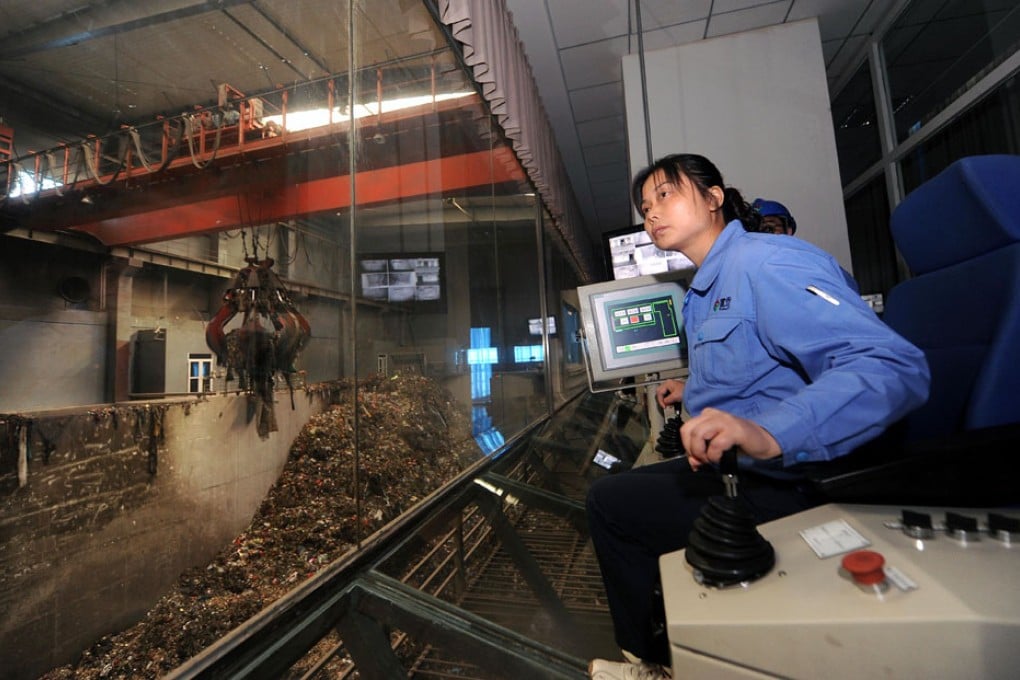Protests predicted at Beijing's plan to add incinerators
Government says sector will be worth trillions but activists warn move to burn mainland's rubbish mountains will leave residents fuming

The number of waste incinerators will rise sharply under a national plan to boost investment in environmental protection industries, but environmental activists warn the move could lead to more mass protests as the public grows increasingly concerned about health impacts.

Promising government subsidies, tax breaks, and stricter environmental standards, the plan also details key technologies that will be championed by authorities to improve energy efficiency and tackle pollution.
Large-scale incinerators with a daily burning capacity above 300 tonnes are on the shopping list to tackle a looming garbage crisis in many cities. The central government aims to incinerate up to 35 per cent of household waste by 2015, up from about 18 per cent in 2011.
Urban rubbish treatment capacity will be expanded to 870,000 tonnes a day by 2015, from 513,000 tonnes per day at the end of 2011, based on statistics from the Ministry of Housing and Urban-Rural Development.
According to rough estimates, the number of incinerators on the mainland could double to about 300 to meet such targets.
Mao Da, a researcher at Beijing Normal University of solid-waste treatment, said the waste incineration industry had been on fast track in recent years, but authorities were still turning a blind eye to public concerns over such projects.